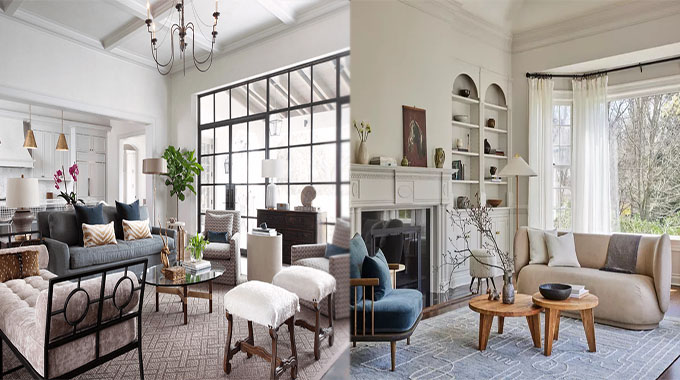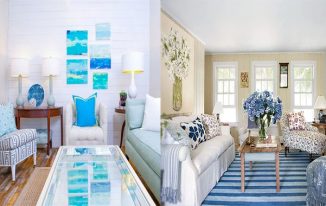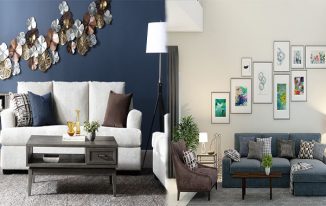When it comes to designing a transitional living room, there are a few things you should keep in mind. First of all, it’s important to provide enough seating for the residents and extra seating for guests. Additionally, a place for drinks and snacks is essential. Here are some other tips for your transitional living room design. They may come in handy! Continue reading to find out what you should do differently.
Then, you’ll be well on your way to designing the perfect transitional living room.
Colors
If you’re considering transitional living room color ideas, you may find it easier than you think. Transitional color schemes are simple and are made up of muted, soft colors. The most common colors are creams and light browns, but there are many other shades to choose from. Dark woods work best in transitional rooms, but you should avoid ornamentation. Keep furniture coverings neutral and fabrics in solid colors. Accent pieces, such as throw pillows or vases of fresh flowers, are excellent ways to break up low-color tones.
A transitional living room is characterized by neutral colors that are a perfect fit for the room’s theme. The walls are painted in creamy hues, and floral patterns look beautiful against these neutrals. The bed is usually simple and features button- tufted upholstery and a dark finish. There are also handsome table lamps and potted plants to add visual interest to the space. In addition, a cushioned armchair adds comfort while reading.
Textures
For a stylish and relaxing space, look to transitional living room design ideas with textures. Transitional living rooms make use of soothing, neutral hues and materials such as a linen or denim blue bed and accent pillows. Aqueous sea green hardware and a rounded side table help balance the angularity of a traditional sectional sofa and ottoman. By incorporating textures into your living room design, you can make the most of your available space.
The style is considered “transitional” because it is a blend of two or more styles. Although it borrows from both traditional and contemporary styles, it is still very personal. To give your living room a more personal touch, choose an accent wall or a color theme. It does not have to match perfectly. You can choose your own individual pieces to incorporate into the room, as long as they fit in with the overall look.
Built-ins
Adding built-ins to your living room design is a great way to add storage, and a transitional living room design can incorporate built-ins in many ways. These spaces are often positioned along the wall, framing the seating area and creating a unified look. Built-ins can be as tall as the ceiling or as short as the floor. However, if you choose to install a built-in, you should consider the space you have available for its placement.
When choosing built-ins for your living room, remember that there are different styles and looks for each one. You can go for a sleek, modern look, or a more rustic feel by incorporating shiplap detail. While custom built-ins typically span the entire back wall, you can also opt for a simple, clean cabinet look. You can even transform a plain alcove into a custom built-in space by choosing a white paint color and adding black accents to the room.
Artwork
If you want to create a modern look for your transitional living room, you can choose art that is bold or combines colors of different styles. For instance, you can use animal artwork or geometric shapes. Transitional art is perfect to tie the entire room together. You can even choose artwork that complements the furniture and wall paint color scheme of the rest of the room. Below are some art ideas for transitional living rooms.
You can also add a contemporary twist to your transitional living room by hanging an oversized, dramatic piece of artwork. While an antique-looking swing-arm sconce might not fit in with a plush white couch, an eclectic framed artwork by David Bromstad would look great in your living room. Likewise, steel and copper make beautiful frames. A minimalist black-and-white photograph by Erin Clark is another good choice.
Furniture
For a stylish, transitional living room design, consider incorporating a variety of textures, including glass, wood, fabric, and metal. Traditional designs generally consist of straight lines and ornate details. Today’s market offers many transitional pieces with curved or rolled arms. A transitional living room design should also incorporate at least three distinct patterns. The colors and textures of traditional furniture should also be complimentary to the rest of the room’s design.
Transitional living room design ideas should include ample seating for both the residents and the guests. For a spacious living room, a large, upholstered sectional sofa can be the perfect choice. Opt for cushions in neutral tones that are soft and unobtrusive. In a narrow living room, a deep sofa may be too much, so add a table or an ottoman to the center of the room.














